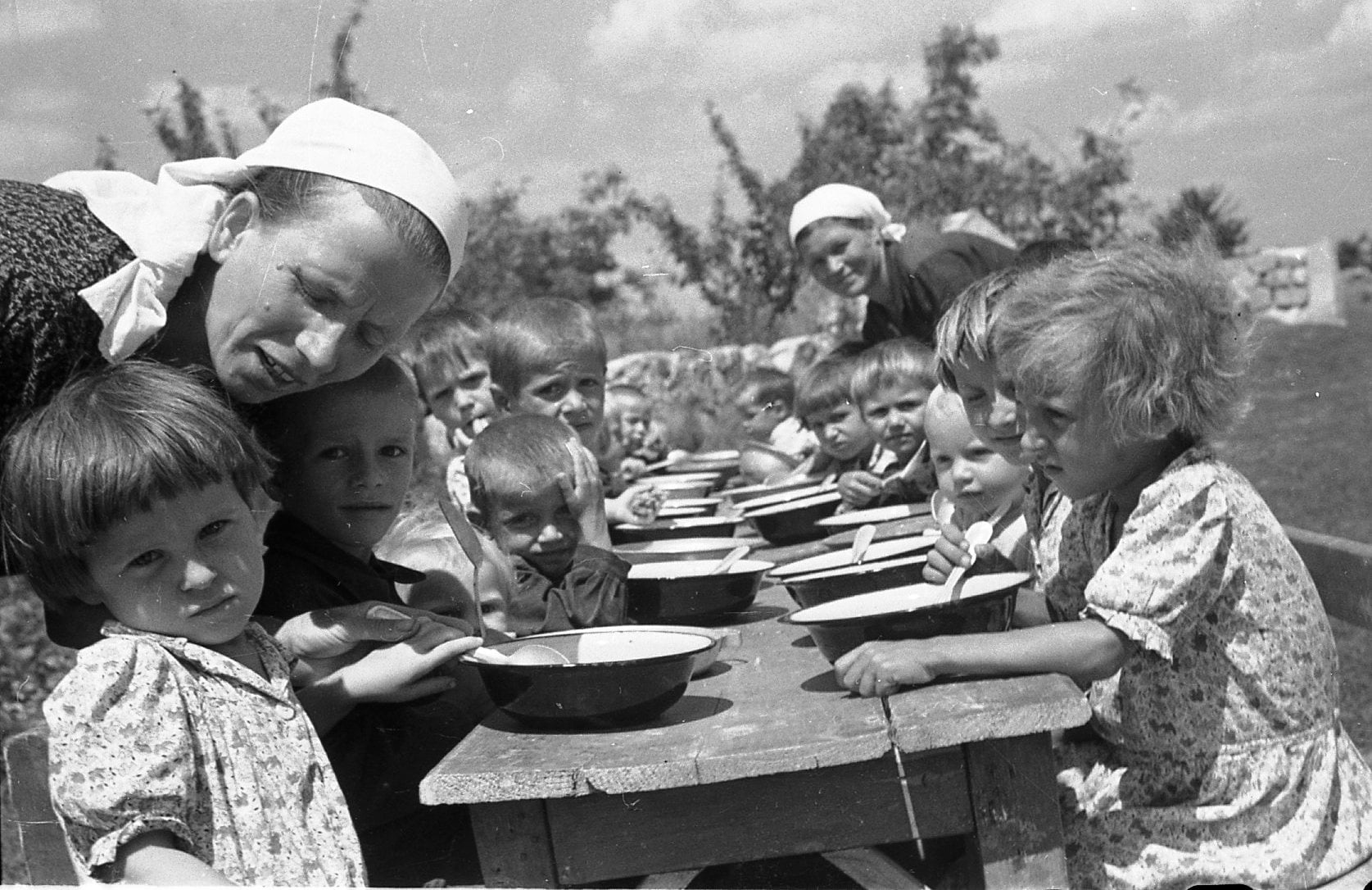
Moldovan parliament speaker conveys message on Day of Commemoration of Famine Victims
The organized famine of 1946-1947 is the most horrifying phenomenon that engulfed the Moldovan Soviet Socialist Republic (RSSM), the current territory of the Republic of Moldova, claims Parliamentary President Igor Grosu. According to him, these painful life lessons should unite the Moldovans, make them stronger, and inspire them to work for a peaceful and European country.
Igor Grosu has conveyed a message to this effect, in the context of marking, on the third Saturday of April, the Day of Commemoration of the Victims of the Organized Famine of 1946-1947. The speaker emphasized that the famine of those years had been a deliberate policy of the Kremlin for the forced Sovietization of the population.
“The famine of that time is the most horrifying phenomenon that engulfed the RSSM, the current territory of the Republic of Moldova. During nine months, at least 120,000 people died of starvation. I don't think there is a village in Moldova that did not go through this dark chapter of history. We, from Cahul, have heard over the years harrowing stories of how entire families were left to starve. And this was because the regime of the time in Moscow decided on the forced confiscation of grain, regardless of whether peasants had anything left for their own consumption,” said Igor Grosu.
The parliamentary speaker also said that, in the name of those who had gone through those terrible sufferings, we have the moral duty not to forget this dark period of the country’s past.
“We must talk about the horrors and sufferings our families went through and not allow any regime to trigger crimes against the people. These painful life lessons must unite us, make us stronger and inspire us to work for a peaceful and European Moldova,” Igor Grosu added.
According to the National Archive Agency, the famine of 1946-1947 was one of the greatest humanitarian catastrophes that hit the current territory of the Republic of Moldova in the 20th century. It was not an unavoidable natural disaster, but a tragedy exacerbated by the authoritarian and repressive policies of the Soviet regime. According to data provided by the National Archive Agency, during just a few months, more than 123,000 people died of starvation, accounting for about 5 per cent of the RSSM’s population. Proportionally, Soviet Moldova was the worst hit region in the entire Soviet Union, with a death rate ten times higher than in Russia and five times higher than in Ukraine.
On the occasion of the Day of Commemoration of the Victims of the Famine of 1946-1947, an exhibition was opened outside the government building, which shows the causes, scale and consequences of the famine triggered by the Soviet regime.
PHOTO GALLERY // Government's decisions on eve of Easter holidays
MP Olesea Stamate withdraws from PAS parliamentary faction
New state secretaries appointed at MEC, MDED
One ambassador recalled, two others appointed in other states
Moldovan PM says neutrality does not protect you, if tank comes towards you
Moldova, Kingdom of Morocco sign cooperation documents in foreign affairs, economic relations
PHOTO GALLERY // Official visit to Chisinau by Minister of Foreign Affairs, African Cooperation and Moroccan Expatriates of Morocco Nasser Bourita
Moldovan PM says Russia, through crime rings, pours money for destabilizing Moldova, buying Moldovans' votes
Moldova moves closer to European integration
Restricted access to Chisinau International Airport on Easter Days
Moldovan head of state meets Most Right Reverend Petru, Archbishop of Chisinau, Metropolitan of Bessarabia, Exarch of the Lands
Moldovan president has meeting with Most Right Reverend Vladimir, Metropolitan of Chisinau and All Moldova
Integration of Moldovan financial system into European Space: Banks of Moldova submit first applications for joining SEPA
Weather forecast in Moldova for 19-20 April
VIDEO // Famine of 1946-1947: Tragedy seen through eyes of the then children
Works of construction of Vulcanesti - Chisinau power line advance over distance of 100 km, with more than 300 pylon foundations completed
Moldovan carabineers go on peacekeeping mission in Kosovo
Construction of bridge at Ungheni over Prut river to be launched on 26 April through special event
PHOTO GALLERY // Central market crowded with shoppers in run-up to Easter
Over 400 firefighters to be on duty in Moldova on Easter Night
Increased passenger traffic at Chisinau Airport during Easter holidays
Electoral campaign for new local elections starts today
500 million lei for local road construction
Fuel prices continue to drop in Moldova
First candidates registered for electoral race in new local elections on 18 May


